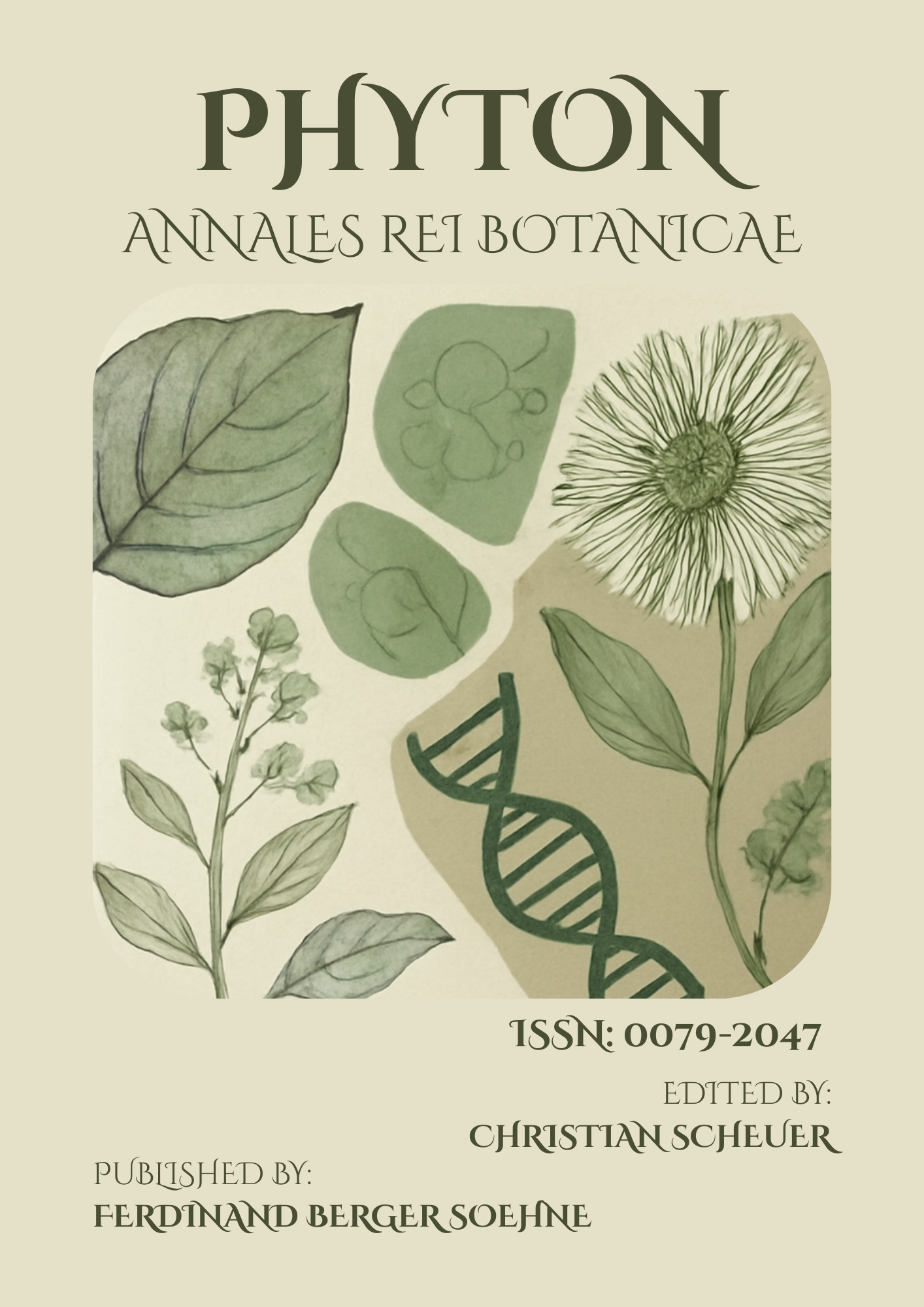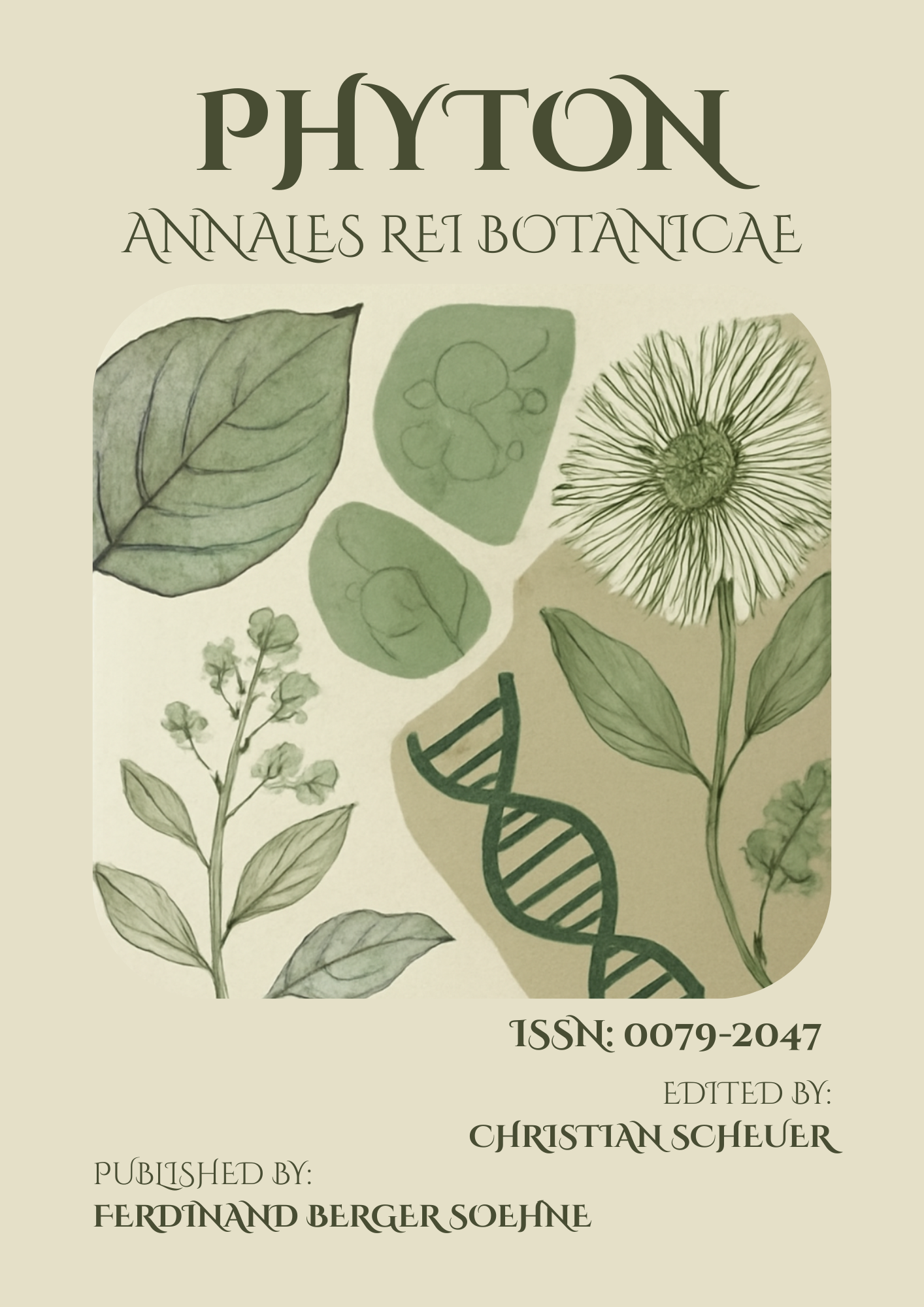Biodiversity and Ecosystem Services in the Amazon Rainforest: A Comparative Analysis of Conservation Policies in Brazil and Peru
Keywords:
Biodiversity, Amazon Rainforest, Conservation Policies, Ecosystem Services, Brazil, Peru, DeforestationAbstract
The Amazon Rainforest is one of the most biodiverse regions in the world, yet it faces significant threats from deforestation, climate change, and illegal activities. This paper compares the conservation policies of Brazil and Peru in protecting biodiversity and ecosystem services in the Amazon. Through a comparative analysis of national conservation strategies, land-use policies, and community-based conservation efforts, the study examines the effectiveness of these approaches in maintaining ecosystem health. The findings indicate that while both countries have made significant strides in protecting large areas of the rainforest, challenges such as enforcement of regulations, illegal logging, and agricultural expansion remain. The research emphasizes the need for stronger cross-border collaboration between Brazil and Peru, as well as better integration of indigenous knowledge and community-led conservation efforts into national policy frameworks. The study concludes that the long-term protection of the Amazon Rainforest requires a combination of stronger governance, economic incentives for sustainable land use, and the active participation of local communities.
Published
How to Cite
Issue
Section
License
Copyright (c) 2022 PHYTON-ANNALES REI BOTANICAE

This work is licensed under a Creative Commons Attribution-NonCommercial-ShareAlike 4.0 International License.
This article is published under the terms of the Creative Commons Attribution-NonCommercial-ShareAlike 4.0 International License (CC BY-NC-SA 4.0). Readers may share and adapt the material for non-commercial purposes, provided appropriate credit is given and adaptations are shared under the same license.



